Reggatta de Blanc by The Police
Buy Reggatta de Blanc Driven by the strength of two UK number one singles, Reggatta de Blanc helped launch The Police into the commercial stratosphere. Building on the strength of their 1978 debut, […]
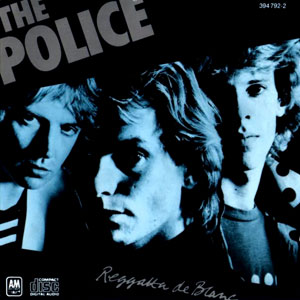
Buy Reggatta de Blanc Driven by the strength of two UK number one singles, Reggatta de Blanc helped launch The Police into the commercial stratosphere. Building on the strength of their 1978 debut, […]

Buy Reckless Reckless was the first album by a Canadian artist to sell more than one million units within Canada. Not to mention that this fourth studio album by Bryan Adams was also […]
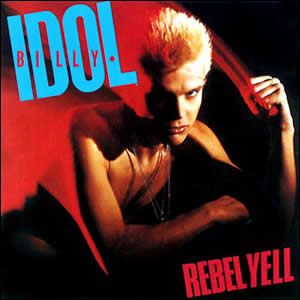
Buy Rebel Yell Rebel Yell is the second studio album by Billy Idol, released during the height of his popularity in late 1983. Four charting hits were spawned from this album, which reached […]

Buy Reach the Beach The British pop group hit their peak with the 1983 release of the album Reach the Beach, their second studio album and most successful commercially. This record contains accessible […]
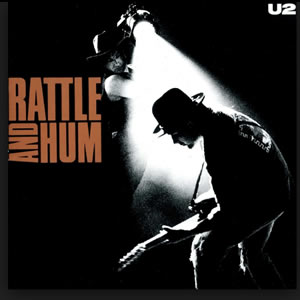
Buy Rattle and Hum With some major commercial success in the bag by 1988, U2 decided to try something different. The ambitious double length LP Rattle and Hum is a hybrid of new […]
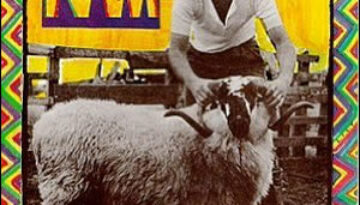
Buy Ram Although Paul McCartney had, by any success metric, the best post-Beatles career of any of his former band mates, he often frustrated fans and critics alike with his constant fluctuation between […]
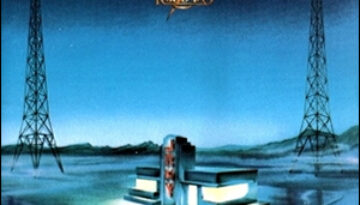
Buy Raised On Radio Following the most commercially successful era for the band, lead singer Steve Perry firmly took control over Journey‘s musical direction. The ultimate result of this new direction was this […]
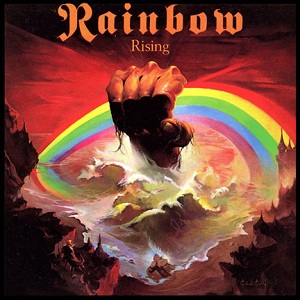
Buy Rising Rainbow returned with a revamped lineup and fresh approach for the group’s second studio album, Rising. The record is comprised of six solid compositions which are comparable to the material the […]
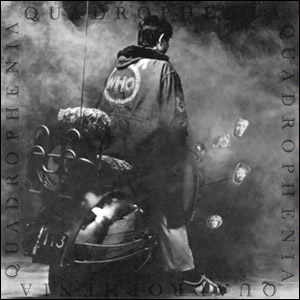
Buy Quadrophenia Quadrophenia completed the mega-creative trifecta for The Who, which peaked with Who’s Next in 1971 but was bookended by the two greatest rock operas ever – Tommy in 1969 and this […]
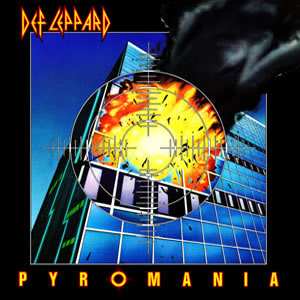
Buy Pyromania Def Leppard struck gold (well, actually diamond) with their third LP Pyromania. The album was a phenomenal success, eventually selling over ten million copies in the U.S. and being certified “diamond” […]